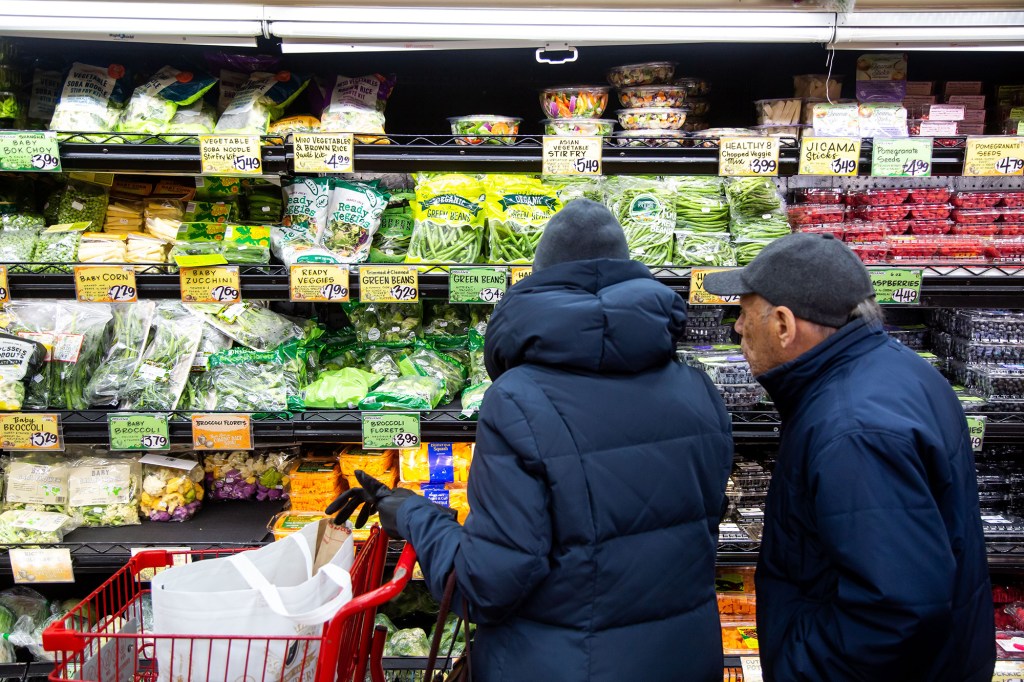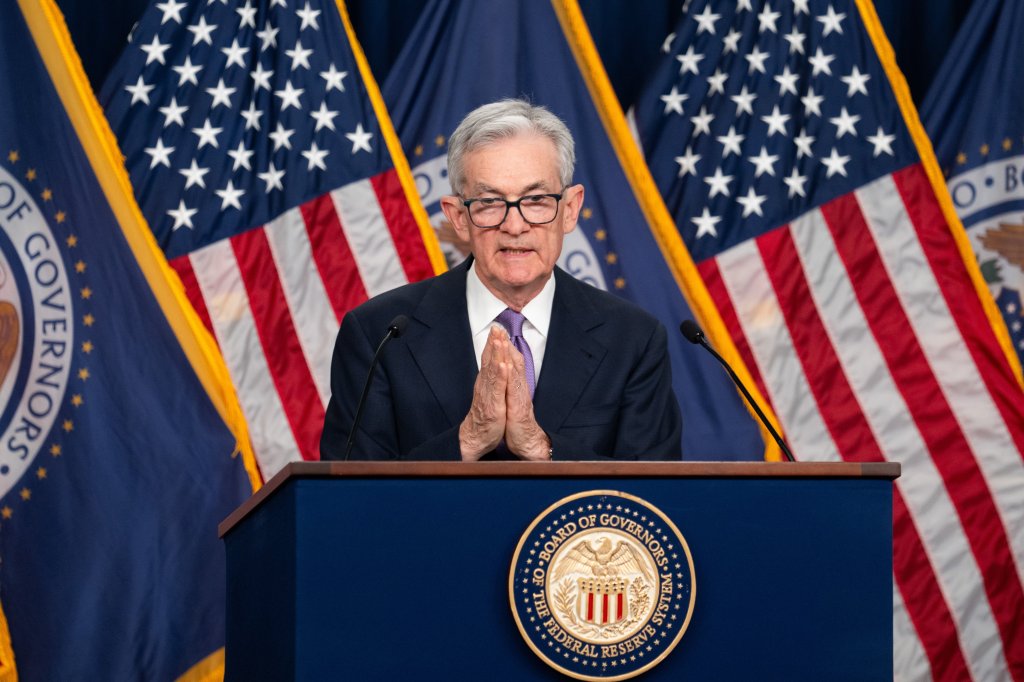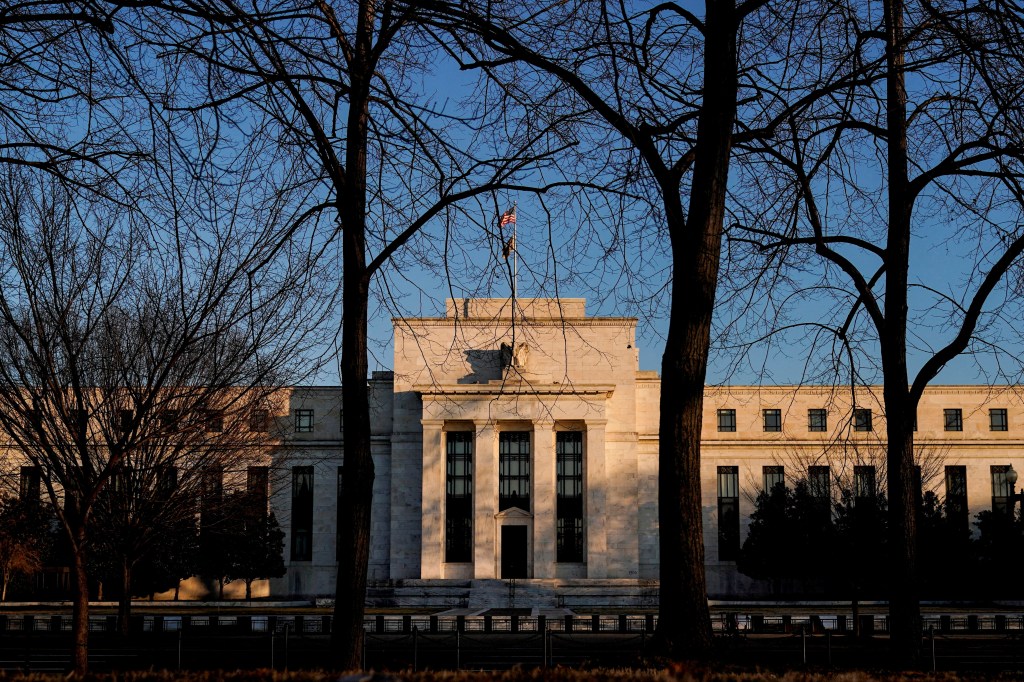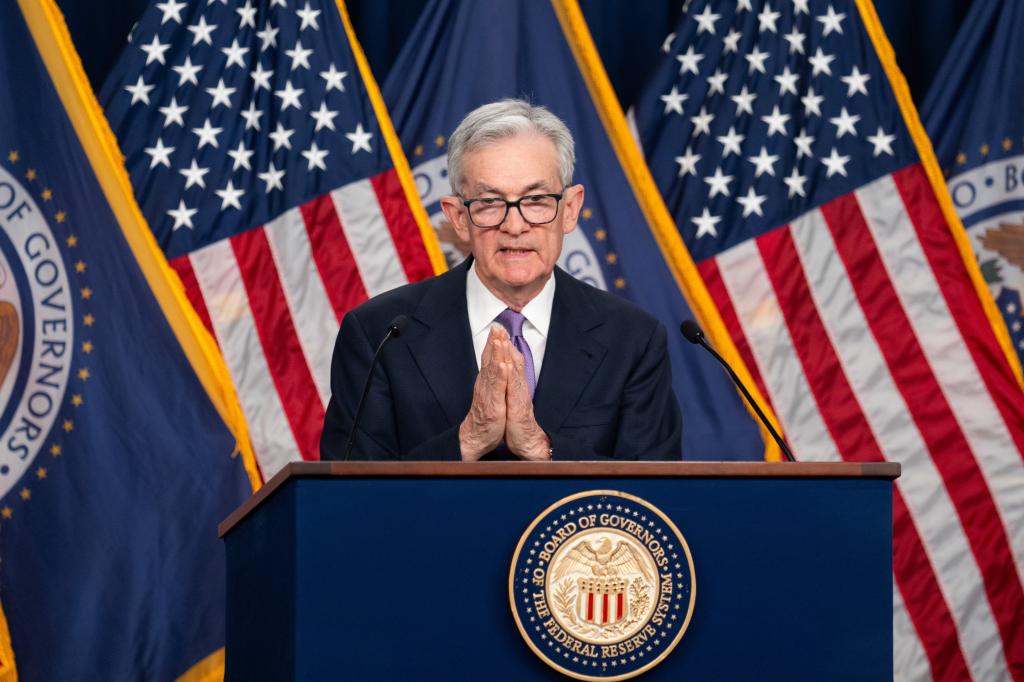Inflation rose higher than expected in December, putting chill on imminent Fed cuts
US inflation rose 3.4% in December, a larger-than-expected increase that could delay the prospect of three interest rate cuts the Federal Reserve plans for this year.
December’s Consumer Price Index — which tracks changes in the costs of everyday goods and services — came in above the 3.2% figure economists at FactSet expected, and marks an advance from the 3.1% growth reading in November — the lowest monthly reading since June.
The latest inflation figure — more than half of which was driven by persistently stiff housing costs — is significantly lower than the 6.5% advance in December 2022.
Still, there’s a ways to go before inflation is tamped down to the Fed’s 2% target — a rate the US economy hasn’t seen in over a decade.
Fed Chair Jerome Powell has said that the 2% reading likely won’t happen until 2025 after they chose to hold the rate steady following their meeting last month. The central bankers had signaled that they would begin cutting the Fed fund rate — currently between 5.25% and 5.50% — this year.
However, Wall Street expectations that a rate cut could come as soon as March were dampened by the stubborn inflation figures. It was further tempered by other data on Thursday showing the labor market remained fairly tight at the start of this year — with the number of people filing new claims for unemployment benefits unexpectedly falling last week.
The data followed news last Friday that the economy added 216,000 jobs in November and annual wage growth picked up.
“The final stretch of the path back to the 2% inflation target could be harder than the market is anticipating,” said Ryan Brandham, head of global capital markets, North America, at Validus Risk Management.
The Bureau of Labor Statistics attributed the CPI increase to the shelter index, which rose 0.4% on a monthly basis and contributed to over half of the monthly all-items increase.
The food index increased 0.2% in December, as it did in November.
And the gas index rose 0.4%, offsetting a decrease in the natural gas index, the federal agency said.
As of Thursday, the average price for a gallon of gas in the US is $3.08, according to AAA data.
Core CPI — a number that excludes volatile food and energy prices — increased 0.3% in December after rising 0.2% in November.
The figure, a closely-watched gauge among policymakers for long-term trends, was also greater than what economists at FactSet expected.
Persistently high inflation poses a threat to President Joe Biden’s prospects for reelection later this year. Frustration over the rising cost of living has weighed on Biden’s popularity, even as other aspects of the economy, including the labor market, have remained favorable.
“Until we see further progress on services inflation, the Fed will likely be worried about upside risks to inflation,” said Stephen Juneau, a US economist at Bank of America Securities in New York.
After the release of the CPI, several Fed officials indicated that imminent cuts were unlikely.
The next FOMC meeting will be held Jan. 30 to 31, at which point central bankers will decide on whether to keep the borrowing rate at its current rate — the highest Americans have seen since 2001.
The December CPI report “just shows there is more work to do and that work is going to take restrictive monetary policy,” Cleveland Fed President Loretta Mester said in an interview with Bloomberg TV.
“I think we need to see more evidence,” before reducing interest rates, she said, with a March rate cut, currently anticipated by financial markets, “too early in my estimation.”
In separate comments to reporters following a presentation at the Virginia Bankers Association, Richmond Fed President Thomas Barkin said the December inflation report was “about as expected,” with prices rising slowly for goods but shelter and services costs still increasing at a more vigorous pace.
Barkin said that did not add to the sort of “conviction” about future declines in inflation that he feels he would need to begin reducing the Fed’s target interest rate.
“This gap between services and shelter and goods is one that I am watching carefully because you would not want a goods deflationary cycle to end and find yourself disproportionately bearing the cost of shelter and services,” Barkin said.





